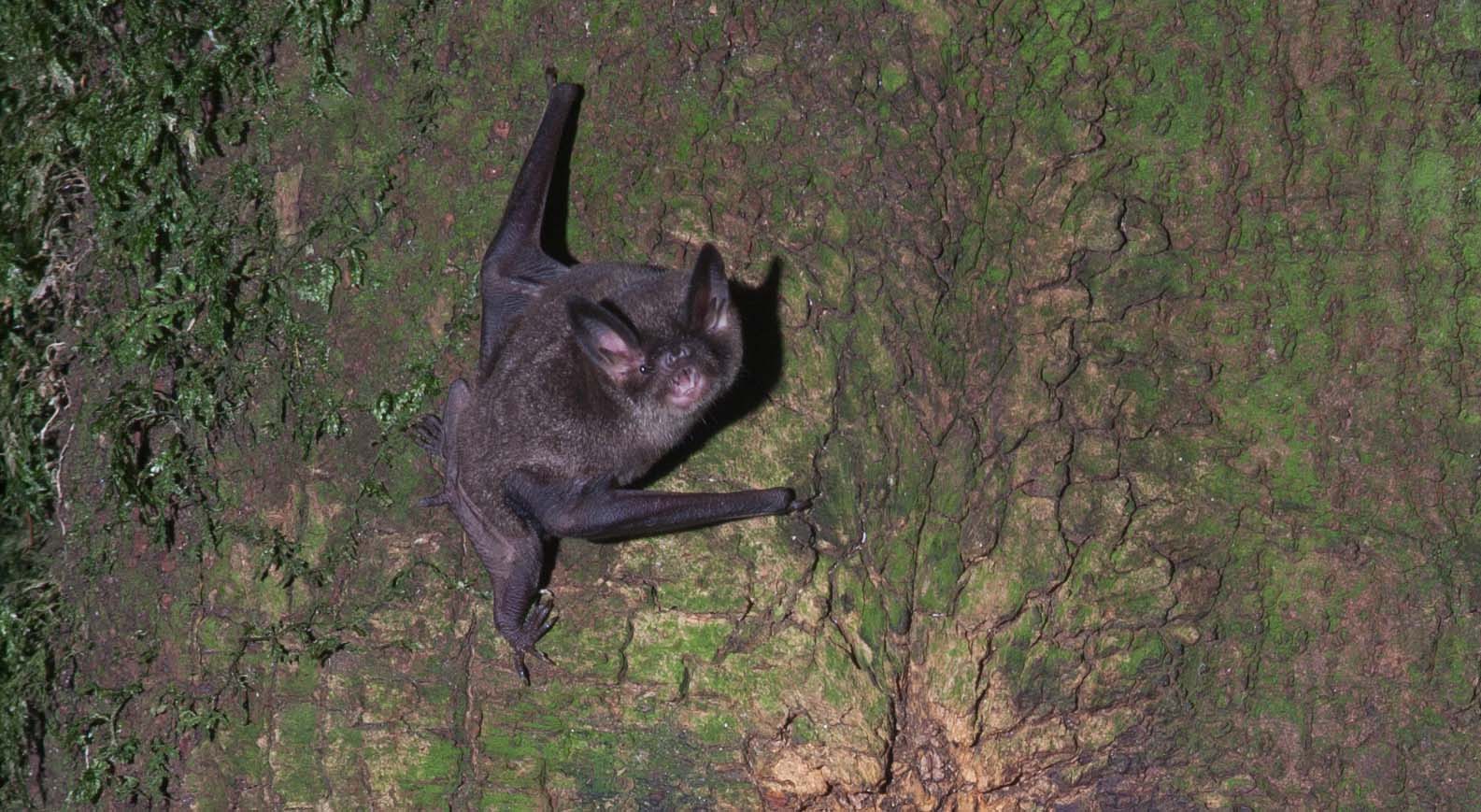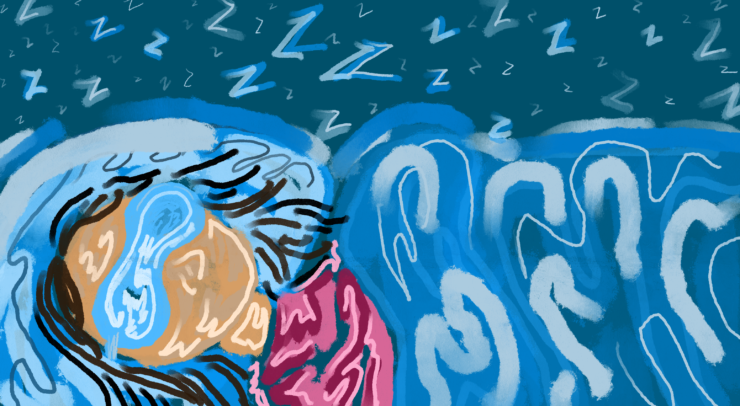LET’S GIVE BATS A BREAK
Growing up, Cory Toth wanted to answer a large animal behaviour question. He admired David Attenborough and strived to emulate his work — his background was originally in songbirds. However, his work with bats began with his PhD research, which involved the lesser New Zealand short-tailed bat.
This week, he sat down with the Fulcrum to discuss his PhD research, fascinating bat behaviour, and threats bats are facing.
What was your PhD research?
Toth studied whether the lesser New Zealand short-tailed bat displayed a mating behaviour known as lek-breeding. There are four criteria for this type of breeding. “One is the males are aggregated in one spot. Two, the females don’t get any resources from males, they just get the genes from the male and that’s it. Three, the males provide no parental care, and lastly, the females are selecting between males.”
“So, my field research was done in the central North Island of New Zealand. It’s this small fragmented piece of old growth forest that’s surrounded by this matrix of exotic plantations and agricultural land. But it has this patch where there’s one of the largest populations of short-tailed bats remaining,” said Toth.
On any given night, Toth could be found roaming the New Zealand forests listening for male bats’ songs, which are incredibly high pitched. He would then tag, measure, weigh, and perform what’s known as a punch biopsy of their wing tissue to get genetic data from the bats.
In addition to field work, Toth would set up cameras where the bats would roost to observe their behaviour and to analyze different song patterns used for breeding. Toth found that these bats were singing these very short notes at a very fast rate. They were also able to identify four different note types that the males would use these four notes to create song repertoires.
After countless hours of research, Toth and Stuart Parsons did find enough evidence to support the notion that lesser New Zealand short-tailed bats are lek breeders.
Most interesting bat behaviour?
When asked what was his personal favourite bat behaviour, Toth responded, “Well, I hate to play favourites, but with the lesser short tailed-bat, they are famous within the bat world for being weird bats. They are the most terrestrial bat in the world. So it’s been estimated that they can spend 25 per cent of their time at night foraging on the ground, and they can walk like a mouse.”
He continued, “What I found with my research is that they are lek breeders and so every breeding season the male’s gather around the big communal roosts that the females roost in during the day, and they set up little little singers, and so they sing like birds to females to track females and all of these, these males are aggregated around these big communal roosts.”
The advantage is that the females hear all these males singing, and they can make a choice of who they want to breed with. What Toth and Parsons found was that smaller males sang more meaning that they produce more songs than larger males. The larger males tend to gather together to help increase their song rate.
Additionally, “So the idea is potentially these big males have to help each other out as a roost to produce more song than a smaller male and this may be an example of a cooperative breeding arrangement.”
Bats and disease, what’s the story?
Toth explained that in reality, bats want nothing to do with humans, and it’s only when humans disturb bats that they transfer disease to us. One of the reasons why bats can harbour a high number of varying viral diseases is because of an evolutionary adaptation that has reduced their internal response to viruses.
He added, “Since flight is so energetically taxing it breaks down their cells, and thus releases free flowing DNA into their bodies. now normally your body attacks any kind of free floating DNA and so that’s what makes us sick is that response to that. Since bats have to deal with the free floating DNA more often they’ve evolved a reduced response to it.”
According to Toth, there are many factors that have compounded to negatively affect the outward image of bats: “ the fact that bats are mysterious, they live in inaccessible places, we only see them at night. There’s all of these folk tales and media that makes them out to be these evil kind of vermin. In reality though, bats are just this amazing species that we know nothing about.”
What are the current challenges of bat conservation and what can we do?
Bats are facing a number of threats including deforestation, agriculture, and sensory pollution, meaning increased light and noise, which can cause problems for animals all over the world, including bats.
Most interestingly, “It’s a disease as well, so, white-nose syndrome is the primary threat to hibernating bats in North America and when you consider what bats already have to deal with in addition to all this other stuff as well. It’s just a big hurdle,” said Toth.
Toth stressed the importance of education when it comes to conserving bats. A solid foundation of knowledge can help inform better decisions and support for bats.
Why should people care about bats?
Conservation biology is largely a discussion that involves science as well as ethics and values. When scientists say biodiversity is worth saving, it implies that biodiversity has value.
When asked why people should value bats, Toth responded, “these species have inherent value on their own, what is the right of us to wipe out a species from the face of the planet? You know, call me a softy. But I don’t think we do have that right to extinguish a species just because someone will make a buck from it.”
He continued, “If we want to put a number value on it, bats provide huge numbers of ecosystem services. So for the agricultural industry, they are free pest management services. And I think in the corn industry they’re saving something like over a billion dollars a year just by the insects that bats remove from the ecosystem.”
In addition to free pest management, some bat species, such as the lesser New Zealand short-tailed bat, are the primary pollinators for certain regions. If they were to go extinct, then those plants potentially go extinct. Although they’re small and hardly seen, bats are important: if we remove these groups from our ecosystem there could be large-scale global impacts.
“Bats, on their own, deserve to be here but they also provide services for us if the economics are what’s supposed to be important,” said Toth.






